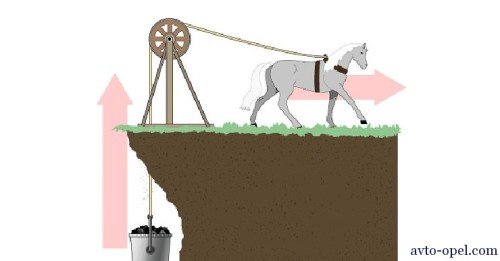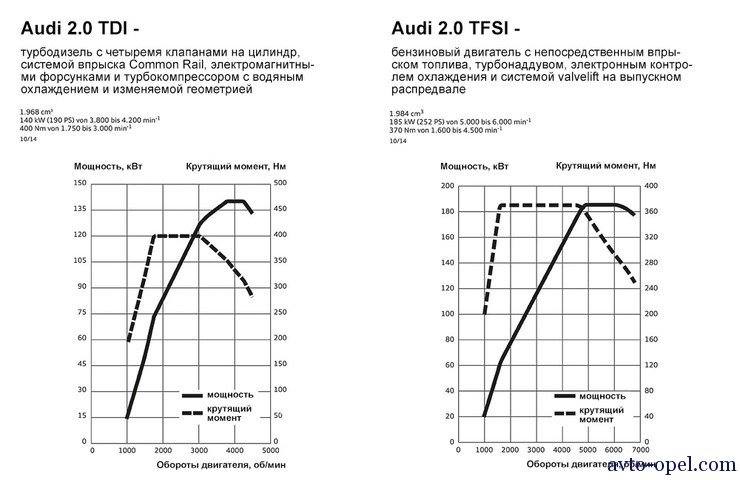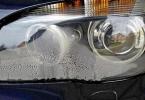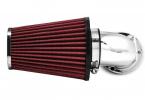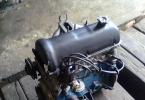Added: 04/29/2005
Engine power is the main indicator for evaluation. vehicle And its operational characteristics. In some countries, this indicator also serves to calculate the taxes and cost of insurance.
Unfortunately, the engine power indicators used in international practice in many cases do not succumb direct compared With each other, although there are clear dependencies between individual measurement units, for example:
And although already firmly entered the use of kilowatt, still power continues to be determined according to various standards and instructions for testing. The following are organizations that have developed engine power measurement methods. Partially abandoned the individual measurement methods, in order to achieve optimal harmonization in this area.
DIN - German Standardization Institute
ECE - UN Economic Commission, UNECE
EG - European Economic Community, UES
ISO - International Organization for Standardization, Iso
JIS - Japanese Industrial Standard
SAE - engineers society automotive industry (USA)
In principle, the engine power (P) is calculated based on the engine torque (MA) and engine speed (N):
The engine torque (MA) is expressed in force (P), which acts on the arm of the lever (I):
P \u003d f × i × n
To determine the engine power, these indicators are measured on the stand, and not on the vehicle using hydraulic brakes or electric generators. At the same time, the engine produced by the engine is converted to heat. To determine the engine power characteristic at full load, measurements are carried out, as a rule, after 250 - 500 rpm.
At the same time, two power definition methods should be distinguished:
Net power,
or real
The test engine is equipped with all the auxiliary necessary for the operation of the vehicle by the aggregates - the generator, silencer, fan, etc.
Butto power,
or "Laboratory Power" (stand)
The test engine is not equipped with all the auxiliary necessary to operate the vehicle by the aggregates. This power corresponds to the former SAE system; Gross capacity above net power by 10-20%.
In both cases, it is called "efficient power":
Р EFC - Measured Installed Engine Power
P STI \u003d P ZFF × K
P file - reduced power, or recalculated for a certain reference state
K - correction coefficient.
Reference state
Due to the different air density (due to atmospheric pressure, temperature and humidity of the air), the air is "heavier or easier" by the engine, with the number fuel mixtureEntering the engine will be greater or less. Therefore, the measured engine power will be higher or lower.
The fluctuations in atmospheric conditions during the test are taken into account by the correction coefficient, recounting the measured power to a specific reference state. For example, the engine power decreases by about 1% per 100 m in increasing height, and about 8 mbar of atmospheric pressure correspond to about 8 mbar.
Various standards and test instructions provide for various reference states and methods for recalculating the power measured in actual atmospheric conditions at the time of testing:
|
Standard DIN 70020. |
Standard EEC 80/1269 (88/195) |
|
|
1013 / P × sq. King (273 + T / 293) |
(99 / P S) 1.2 × (t / 198) 0.6 |
P - atmospheric air pressure
P S - Air pressure atmospheric in dry weather (minus the partial pressure of water vapor)
t - Temperature, C °
T - Temperature, to
But such recalculation is acceptable only for engines internal combustion from spark ignition (gasoline). For diesel engines, more complex formulas are applied. Engine power according to DIN standard by 1-3% less power recalculated according to the EEC standard or ISO / UNECE standards, due to various methods Calculation of correction coefficients. The former rather significant differences in the power indicators for the Japanese standard JIS or SAE from the German standard DIN were explained by the use of gross power or combined gross / net power forms.
However, valid modern standards More and more correspond to the revised standard ISO 1585 (net power), so the former significant differences (up to 25%) are currently no longer found.
Source: Catalog "Car Review"
|
||||||||||||
|

